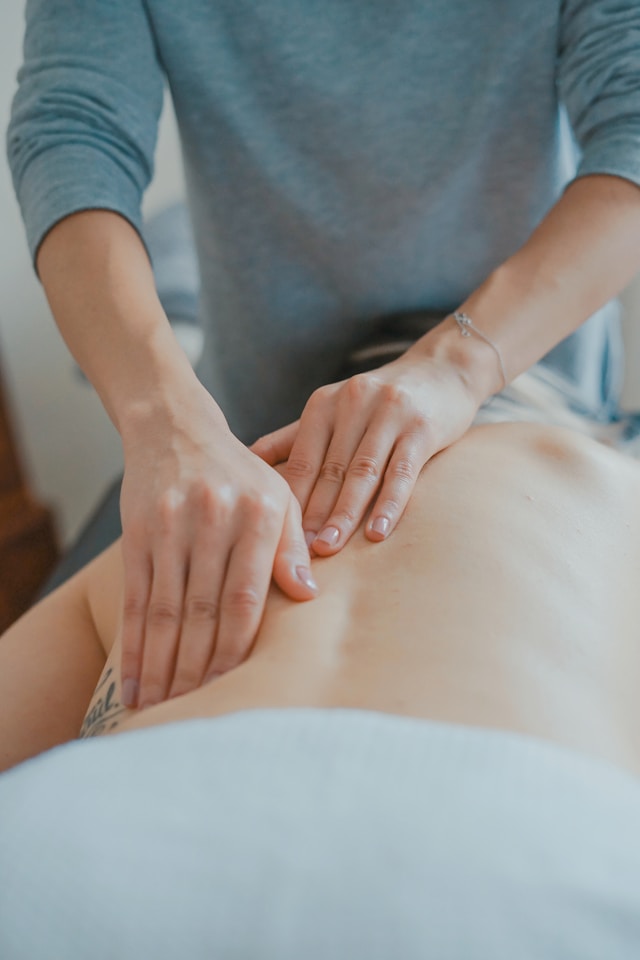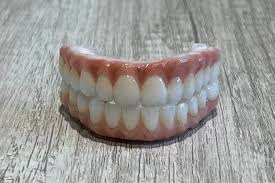Increase Flexibility & Range of Motion with Massage

Massage therapy has long been recognized for its ability to promote relaxation, relieve stress, and alleviate muscle tension. However, its benefits extend far beyond mere relaxation. One of the often-overlooked advantages of massage is its capacity to enhance flexibility and range of motion. By targeting specific muscle groups and employing various techniques, massage therapists can help individuals improve their flexibility and achieve a greater range of motion in their joints. If you’re seeking to enhance your flexibility and mobility, incorporating massage into your wellness routine can be immensely beneficial.
Science Behind Flexibility Enhancement
To understand how massage contributes to increased flexibility and range of motion, it’s essential to delve into the underlying physiological mechanisms. Flexibility refers to the ability of muscles and connective tissues to lengthen effectively without causing injury or discomfort. Range of motion, on the other hand, pertains to the extent to which a joint can move through its full potential motion. Both flexibility and range of motion are influenced by various factors, including muscle elasticity, joint health, and neuromuscular coordination.
Massage therapy influences flexibility and range of motion through several mechanisms:
1. Myofascial Release: Unlocking Tension
Underneath the skin lies a complex network of connective tissue known as fascia, which surrounds muscles, bones, and organs. Over time, due to factors such as poor posture, repetitive movements, or injury, the fascia can become tight and restricted, limiting flexibility and mobility. Myofascial release techniques, employed during massage, target these areas of tension, helping to release adhesions and restore elasticity to the fascia. This, in turn, allows for greater freedom of movement and improved range of motion.
2. Improved Blood Circulation: Nourishing Muscles
Massage therapy promotes circulation by stimulating blood flow to the muscles and surrounding tissues. Increased blood flow delivers essential nutrients and oxygen to the muscles, aiding in their repair and recovery. Additionally, improved circulation helps to flush out toxins and metabolic waste products that can accumulate in the muscles, contributing to stiffness and decreased flexibility. By enhancing blood flow, massage supports muscle health and promotes flexibility.
3. Muscle Relaxation: Relieving Tension
Muscle tension is a common impediment to flexibility and range of motion. Prolonged periods of stress, physical activity, or sedentary behavior can cause muscles to become tight and contracted, limiting their ability to lengthen fully. Massage therapy employs various techniques, such as effleurage and petrissage, to relax tense muscles and release built-up tension. As the muscles relax, flexibility improves, allowing for a greater range of motion in the affected joints.
4. Neuromuscular Re-Education: Enhancing Coordination
Coordination between the nervous system and muscular system plays a crucial role in determining flexibility and range of motion. Massage therapy can help facilitate neuromuscular re-education, whereby the brain learns to communicate more effectively with the muscles, promoting smoother and more coordinated movements. Through techniques such as proprioceptive neuromuscular facilitation (PNF) stretching and active release, massage therapists can help clients improve their neuromuscular coordination, leading to enhanced flexibility and range of motion.
Incorporating Massage into Your Wellness Routine
Now that we’ve explored how massage can contribute to increased flexibility and range of motion, let’s discuss how you can incorporate it into your wellness routine to reap these benefits.
1. Regular Sessions: Consistency is Key
To experience lasting improvements in flexibility and range of motion, consistency is essential. Schedule regular massage sessions with a qualified therapist who can tailor the treatment to address your specific needs and goals. Aim for weekly or bi-weekly sessions to maintain progress and prevent the reoccurrence of muscle tightness and stiffness.
2. Active Stretching: Enhancing Results
In conjunction with massage therapy, incorporating active stretching exercises into your routine can further enhance flexibility and range of motion. Your massage therapist can recommend specific stretches targeting areas of tightness or restriction identified during the session. By combining massage with active stretching, you can maximize the benefits and facilitate long-term improvements in flexibility.
3. Hydration and Nutrition: Supporting Muscle Health
Proper hydration and nutrition are fundamental aspects of muscle health and flexibility. Ensure you’re adequately hydrated before and after your massage sessions to support tissue hydration and elasticity. Additionally, focus on consuming a balanced diet rich in lean protein, fruits, vegetables, and healthy fats to provide your muscles with the nutrients they need to function optimally.
4. Listen to Your Body: Avoid Overexertion
While massage therapy can be highly beneficial for improving flexibility and range of motion, it’s essential to listen to your body and avoid overexertion. If you experience discomfort or pain during a massage session, communicate openly with your therapist to ensure adjustments can be made to accommodate your needs. Additionally, be mindful of your body’s signals during stretching exercises and avoid pushing beyond your limits to prevent injury.
FAQs
1. Can massage therapy help improve flexibility in tight muscles?
Yes, massage therapy can target tight muscles and release tension, leading to increased flexibility and range of motion.
2. How often should I receive massage therapy to see improvements in flexibility?
For optimal results, aim for weekly or bi-weekly massage sessions to maintain progress and prevent muscle tightness.
3. Are there specific massage techniques that are particularly effective for enhancing flexibility?
Yes, techniques such as myofascial release and active stretching can be highly effective in improving flexibility and range of motion.
4. Can massage therapy help with joint stiffness and mobility issues?
Yes, massage therapy can help alleviate joint stiffness by promoting circulation, relieving muscle tension, and improving neuromuscular coordination.
5. Is it normal to experience soreness after a massage session focused on improving flexibility?
Mild soreness may occur as the muscles adjust to the release of tension, but it should subside within a day or two, leaving you feeling more flexible and mobile.
Conclusion
In conclusion, massage therapy offers a holistic approach to enhancing flexibility and range of motion. By targeting muscle tension, improving circulation, facilitating neuromuscular coordination, and incorporating active stretching, massage can help individuals achieve greater flexibility and mobility. Whether you’re an athlete looking to optimize performance or someone seeking relief from everyday stiffness and tension, incorporating regular massage into your wellness routine can contribute to improved flexibility and overall well-being. Visit https://rubmd.net/ to explore the benefits of professional massage therapy and take the first step towards unlocking your body’s full potential.





